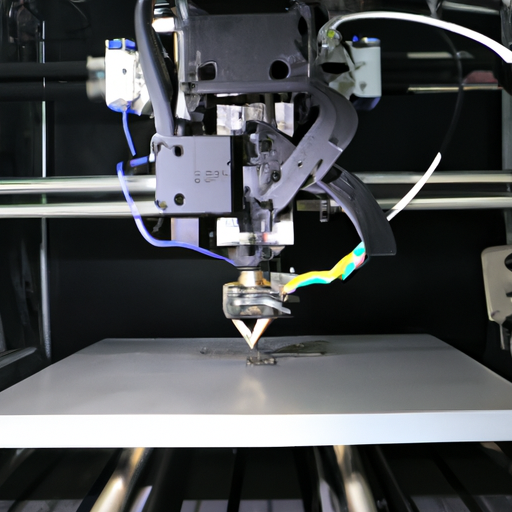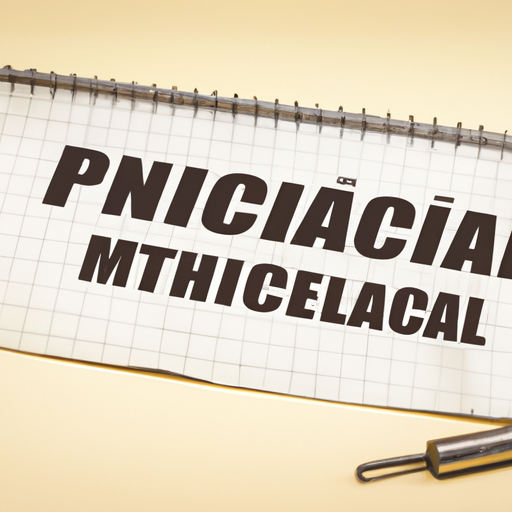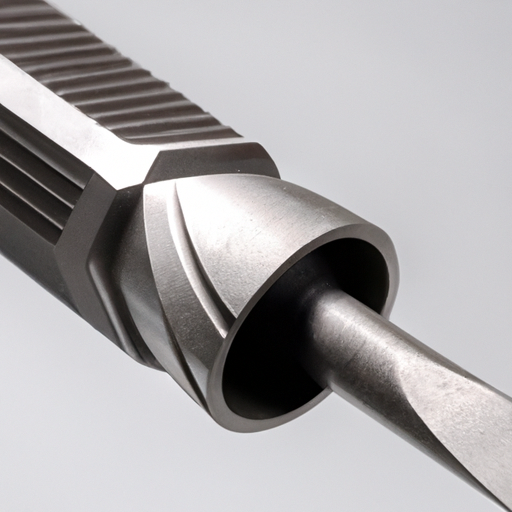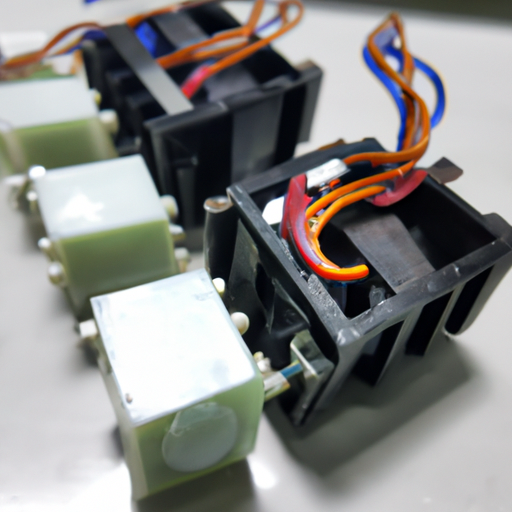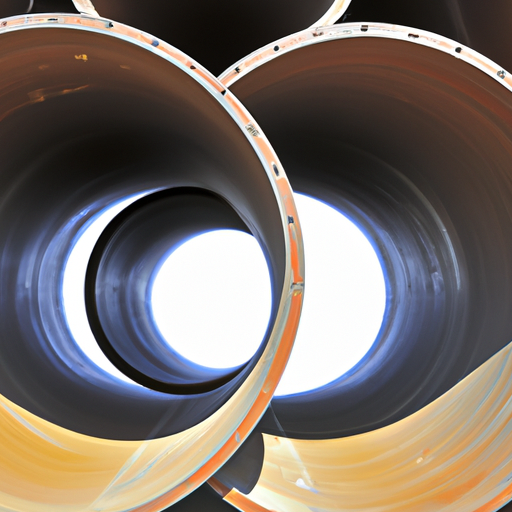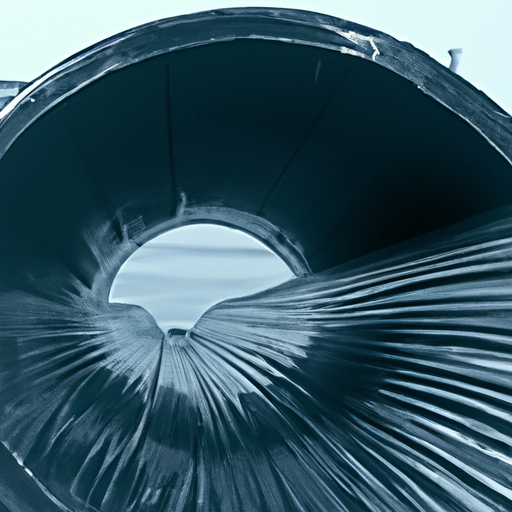What is the Mainstream 3D Metal Printing Production Process?
I. Introduction
3D metal printing, also known as additive manufacturing, is a revolutionary technology that allows for the creation of complex metal parts layer by layer. Unlike traditional manufacturing methods, which often involve subtracting material from a solid block, 3D metal printing builds objects from the ground up, offering unprecedented design freedom and efficiency. This technology has gained significant traction in modern manufacturing due to its ability to produce lightweight, intricate components that are often impossible to create using conventional methods. In this article, we will explore the mainstream 3D metal printing production process, including its historical context, various technologies, production phases, applications, challenges, and future trends.
II. Historical Context
The journey of 3D printing began in the 1980s with the invention of stereolithography, a process that used ultraviolet light to cure liquid resin into solid objects. Over the years, this technology evolved, leading to the emergence of various additive manufacturing techniques. Metal 3D printing, however, did not gain prominence until the late 1990s, when researchers began exploring methods to fuse metal powders using lasers and electron beams. Key milestones in this evolution include the development of Selective Laser Melting (SLM) and Electron Beam Melting (EBM), which paved the way for the widespread adoption of metal 3D printing in industries such as aerospace, automotive, and medical devices.
III. Overview of 3D Metal Printing Technologies
Several technologies dominate the landscape of 3D metal printing, each with its unique processes, advantages, and limitations.
A. Selective Laser Melting (SLM)
SLM is a powder bed fusion technique that uses a high-powered laser to selectively melt and fuse metal powder particles together. The process begins with a thin layer of metal powder spread across a build platform. The laser scans the cross-section of the part, melting the powder in the desired shape. After each layer is completed, the platform lowers, and another layer of powder is applied.
**Advantages:** SLM allows for the production of highly complex geometries and is compatible with a wide range of metals, including titanium, aluminum, and stainless steel.
**Limitations:** The process can be slow, and the equipment is expensive. Additionally, residual stresses can occur, leading to warping or cracking in some parts.
B. Electron Beam Melting (EBM)
EBM is similar to SLM but uses an electron beam instead of a laser to melt the metal powder. The process occurs in a vacuum, which helps to minimize oxidation and contamination.
**Advantages:** EBM can produce parts more quickly than SLM and is particularly effective for high-temperature materials like titanium alloys.
**Limitations:** The vacuum environment and specialized equipment make EBM more costly. Additionally, the surface finish of EBM parts may require more extensive post-processing.
C. Binder Jetting
Binder jetting involves depositing a liquid binder onto layers of metal powder to create a solid part. After printing, the part is typically sintered to fuse the metal particles together.
**Advantages:** This method allows for the production of large parts and can use a variety of materials, including ceramics and composites.
**Limitations:** The mechanical properties of binder-jetted parts may not match those produced by SLM or EBM, and additional post-processing is often required.
D. Direct Energy Deposition (DED)
DED is a process where focused energy, such as a laser or electron beam, is used to melt metal feedstock as it is deposited onto a substrate. This technique is often used for repairing or adding material to existing components.
**Advantages:** DED allows for the creation of large parts and can be used to repair worn components.
**Limitations:** The process can be less precise than other methods, and the surface finish may require significant post-processing.
E. Comparison of Technologies
When comparing these technologies, it is essential to consider factors such as part complexity, material compatibility, production speed, and cost. SLM and EBM are often preferred for high-performance applications, while binder jetting and DED may be more suitable for larger parts or repairs.
IV. The 3D Metal Printing Production Process
The production process of 3D metal printing can be broken down into several key phases: design, material selection, printing, and post-processing.
A. Design Phase
The design phase begins with Computer-Aided Design (CAD) modeling, where engineers create a digital representation of the part. This stage is crucial, as the design must consider the unique capabilities and limitations of additive manufacturing.
**Design for Additive Manufacturing (DfAM)** is an essential concept in this phase, emphasizing the need to optimize designs for the specific 3D printing technology being used. This may involve creating lattice structures, minimizing support requirements, and ensuring proper orientation during printing.
B. Material Selection
Choosing the right material is critical for the success of a 3D metal printing project. Common metals used in the process include titanium, aluminum, stainless steel, and cobalt-chrome alloys. Each material has unique properties, such as strength, weight, and corrosion resistance, which must be considered based on the intended application.
C. Printing Phase
Once the design and material are finalized, the printing phase begins. This involves preparing the printer, which includes calibrating the machine, loading the metal powder, and setting the appropriate parameters for the chosen technology. The layer-by-layer printing process then commences, with the printer building the part according to the digital model.
D. Post-Processing
After printing, parts typically require post-processing to achieve the desired mechanical properties and surface finish. This may involve:
1. **Removal of Support Structures:** Many 3D printed parts require support structures to maintain their shape during printing. These supports must be carefully removed to avoid damaging the part.
2. **Heat Treatment and Sintering:** Heat treatment can relieve residual stresses and improve the mechanical properties of the part. Sintering is often necessary for binder-jetted parts to fuse the metal particles together.
3. **Surface Finishing Techniques:** Techniques such as sandblasting, polishing, or machining may be employed to achieve the desired surface finish and dimensional accuracy.
V. Applications of 3D Metal Printing
3D metal printing has found applications across various industries, including:
A. Aerospace Industry
In aerospace, 3D metal printing is used to create lightweight, complex components that improve fuel efficiency and performance. Parts such as turbine blades and structural components benefit from the design freedom offered by additive manufacturing.
B. Medical Devices
The medical field utilizes 3D metal printing for custom implants, prosthetics, and surgical tools. The ability to create patient-specific solutions enhances the effectiveness of treatments and surgeries.
C. Automotive Sector
Automakers are increasingly adopting 3D metal printing for prototyping, tooling, and producing lightweight components that enhance vehicle performance and fuel efficiency.
D. Tooling and Manufacturing
3D metal printing is also used to create specialized tools and fixtures, reducing lead times and costs associated with traditional manufacturing methods.
E. Other Emerging Applications
As the technology continues to evolve, new applications are emerging in fields such as energy, defense, and consumer products, showcasing the versatility of 3D metal printing.
VI. Challenges and Limitations
Despite its many advantages, 3D metal printing faces several challenges:
A. Technical Challenges
1. **Material Limitations:** Not all metals are suitable for 3D printing, and the mechanical properties of printed parts can vary significantly based on the technology used.
2. **Process Control and Quality Assurance:** Ensuring consistent quality and performance in printed parts can be challenging, requiring rigorous testing and monitoring.
B. Economic Considerations
1. **Cost of Equipment and Materials:** The initial investment in 3D metal printing technology can be substantial, and the cost of metal powders can also be high.
2. **Return on Investment (ROI):** Companies must carefully evaluate the ROI of adopting 3D metal printing, considering factors such as production volume and part complexity.
C. Regulatory and Certification Issues
In industries such as aerospace and medical, regulatory compliance and certification of 3D printed parts can be complex and time-consuming, posing additional challenges for manufacturers.
VII. Future Trends in 3D Metal Printing
The future of 3D metal printing is promising, with several trends shaping its evolution:
A. Advancements in Technology
Ongoing research and development are leading to improvements in printing speed, material properties, and process control, making 3D metal printing more accessible and efficient.
B. Integration with Industry 4.0
The integration of 3D metal printing with Industry 4.0 technologies, such as IoT and AI, is expected to enhance automation, data analysis, and overall production efficiency.
C. Sustainability and Eco-Friendly Practices
As sustainability becomes a priority, the development of eco-friendly materials and processes in 3D metal printing is gaining traction, reducing waste and energy consumption.
D. Potential Market Growth and Opportunities
The market for 3D metal printing is projected to grow significantly, driven by increasing demand for customized solutions and advancements in technology.
VIII. Conclusion
In summary, the mainstream 3D metal printing production process encompasses a series of well-defined phases, from design and material selection to printing and post-processing. This innovative technology is transforming modern manufacturing, offering unparalleled design freedom and efficiency. As we look to the future, continued advancements in 3D metal printing will play a crucial role in shaping the manufacturing landscape, driving innovation, and meeting the evolving needs of various industries.
IX. References
1. Academic Journals
2. Industry Reports
3. Books and Articles on 3D Metal Printing
This comprehensive overview of the mainstream 3D metal printing production process highlights its significance in modern manufacturing and the exciting possibilities that lie ahead. As the technology continues to evolve, it will undoubtedly unlock new opportunities and applications, further solidifying its place in the future of manufacturing.

